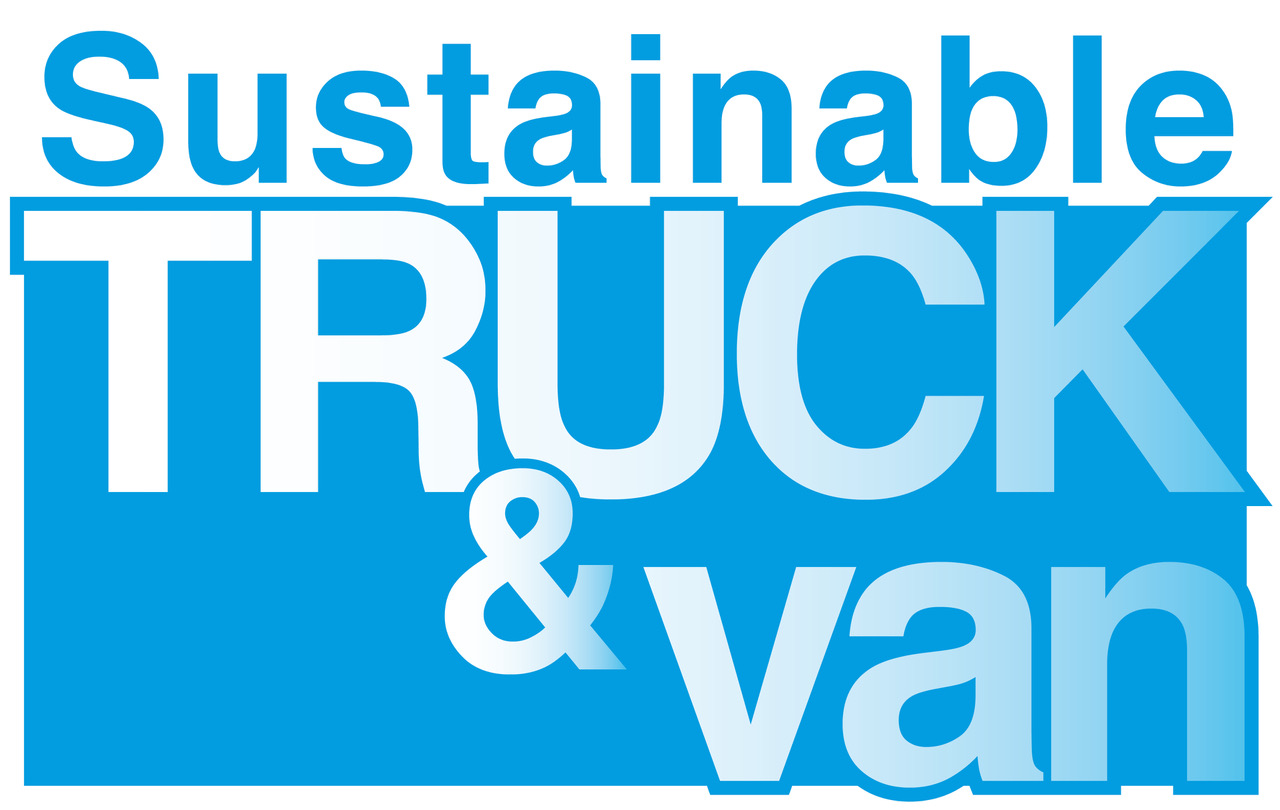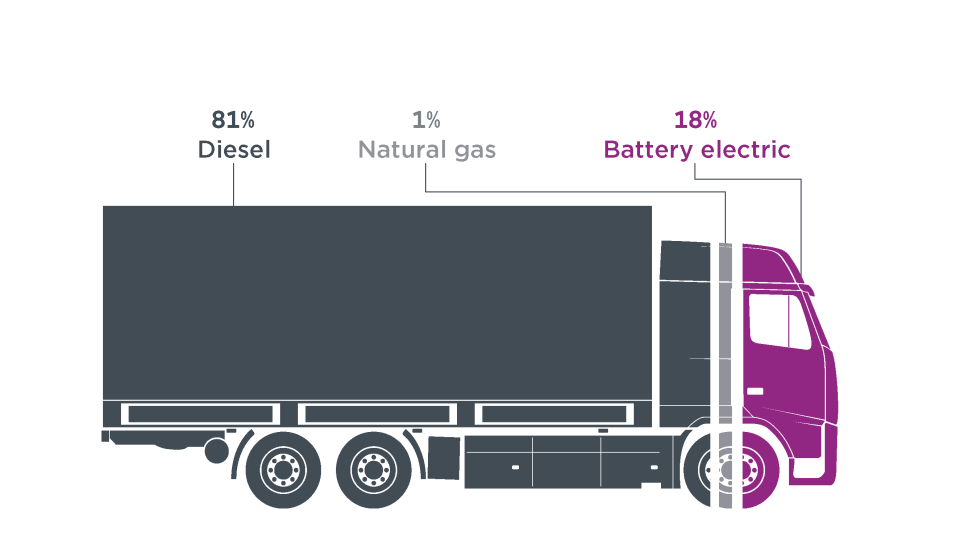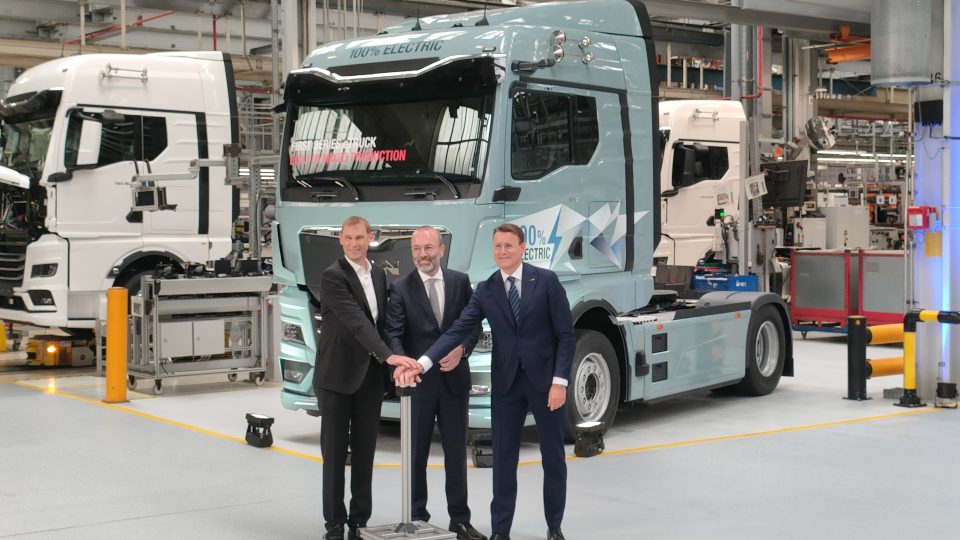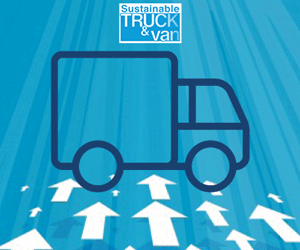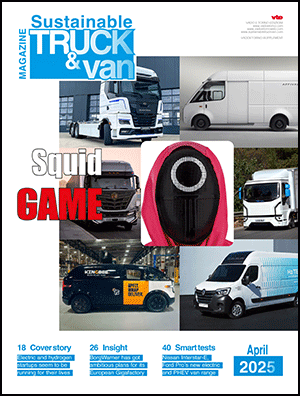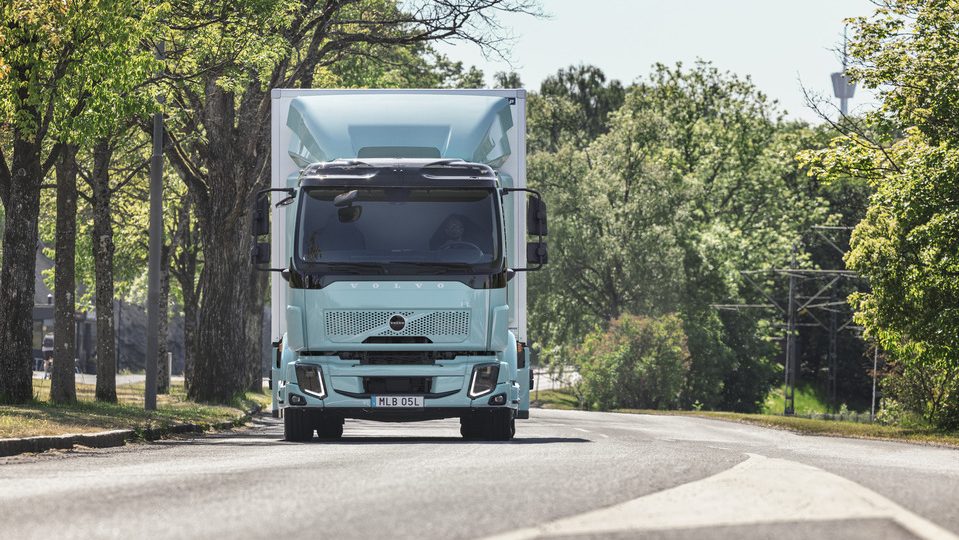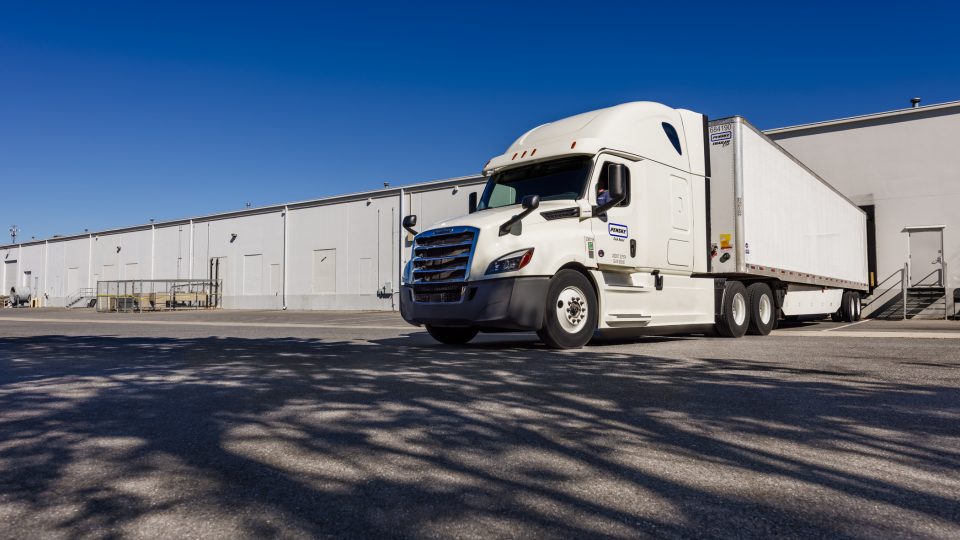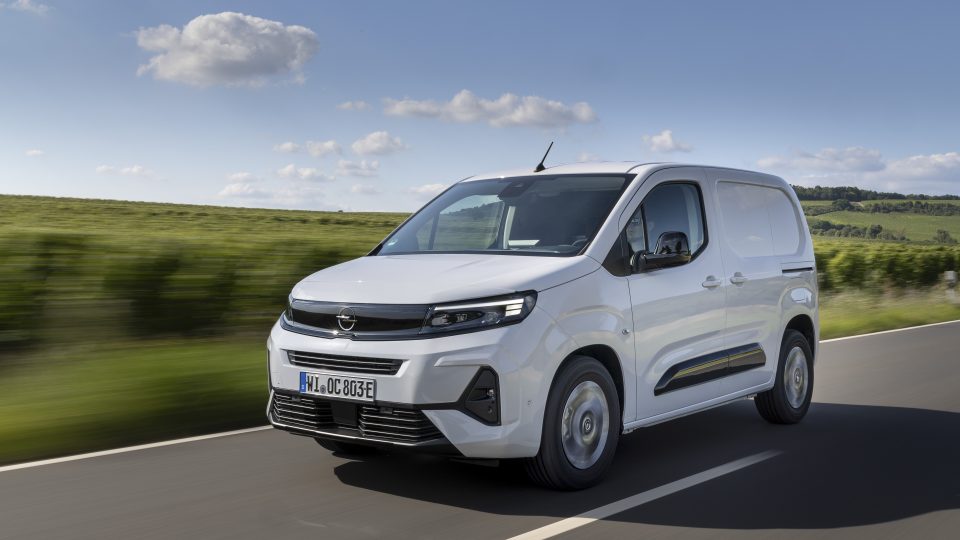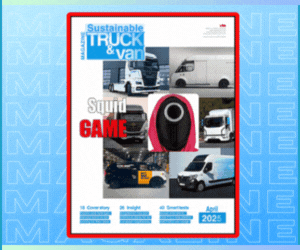The new ZETI Data Explorer from CALSTART: a tool to better understand ZE heavy-duty market
According to CALSTART, the new tool makes it possible to better understand, analyze, and potentially accelerate the zero-emission medium- and heavy-duty vehicle market–a market critical to solving the climate crisis.
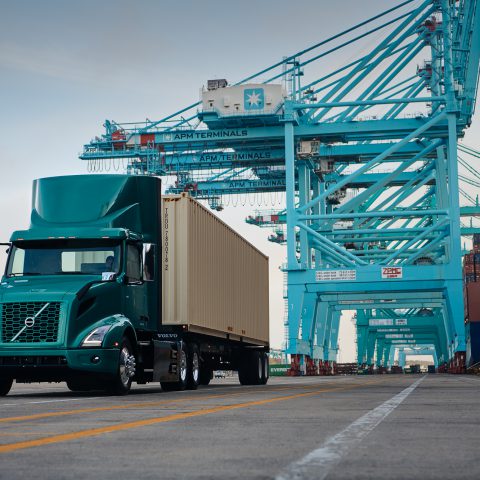
California-based organization CALSTART launched the so-called ZETI Data Explorer tool, with the acronym standing for Zero-Emission Technology Inventory. According to CALSTART, the new tool makes it possible to better understand, analyze, and potentially accelerate the zero-emission medium- and heavy-duty vehicle market–a market critical to solving the climate crisis.
CALSTART: the ZETI Data Explorer
The ZETI Data Explorer is an interactive tool for fleets, manufacturers, policymakers, non-profits and academia that allows users to filter, explore, compare, contrast, and visualize data about today’s zero-emission truck and bus models.
Earlier this year, CALSTART data tracked 26% growth of zero-emission truck and bus model availability globally. According to the North American nonprofit organization, the number of zero-emission truck and bus models on the market now or in the near future will grow nearly 26% from 2020 until the end of 2022 (from 433 models to 544 models) in key global markets.
A shared knowledgebase of all currently available ZE vehicles
The data comes from Drive to Zero’s Zero-Emission Technology Inventory (ZETI) database, which seeks to establish a shared knowledgebase of all currently available zero-emission medium- and heavy-duty vehicles (ZE-MHDVs); to date, there are more than 800 distinct models included.
ZETI Data Explorer enables users to view and compare various data points like model availability by region or manufacturer, vehicle availability per manufacturer, range per vehicle type, battery capacity, market trends, and much more.
“Zero-emission trucks and buses are working today to put our collective net-zero by 2050 goals within reach, improve air quality, create jobs, and deliver operational benefits to users,” said Cristiano Façanha, CALSTART’s global director and lead of its Drive to Zero program. “Nations and fleets must not underestimate the depth and breadth of this growing market. Zero-emission vehicles can deliver mail, pick up your recycling, run drayage, deliver goods and people, and much more.”
